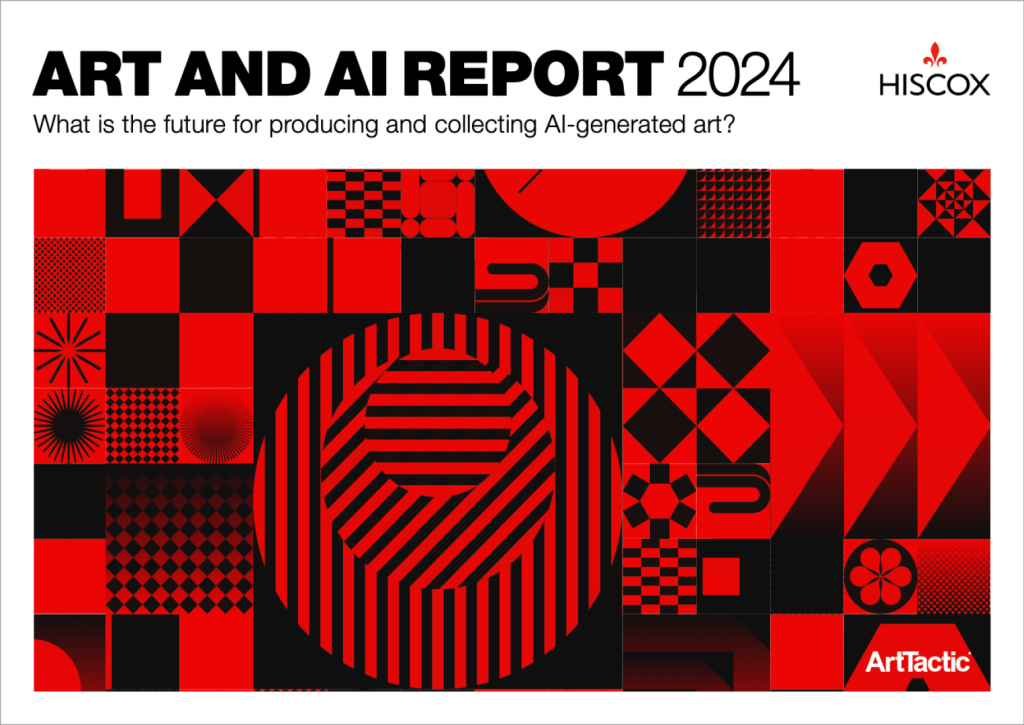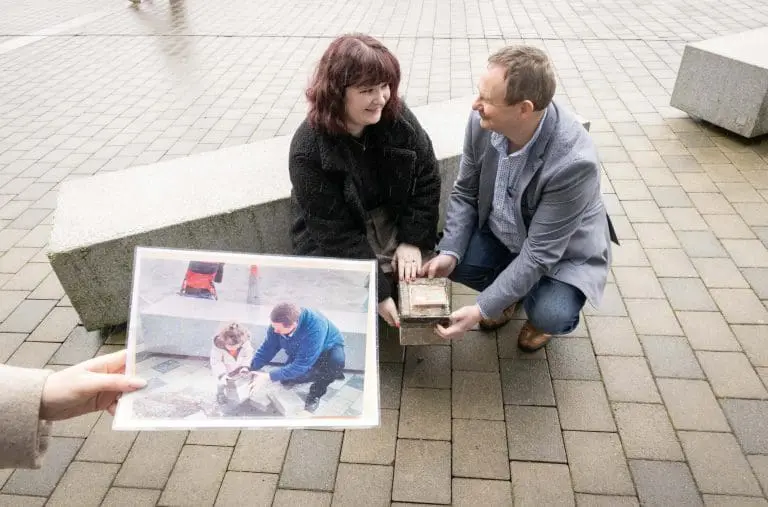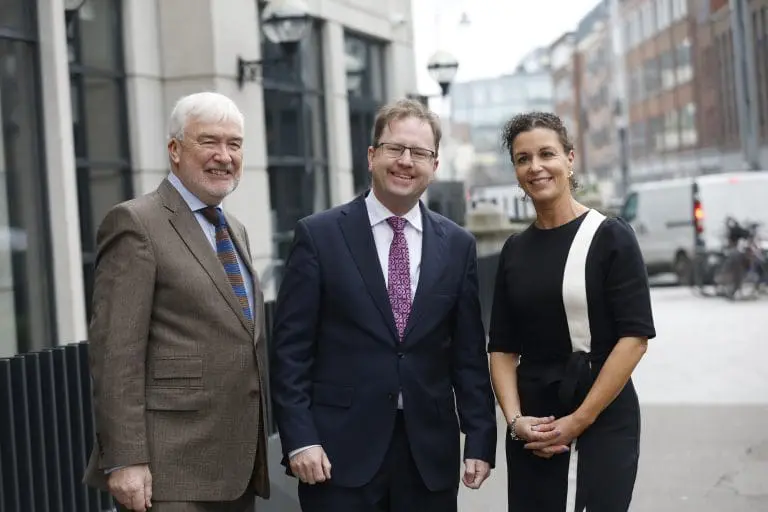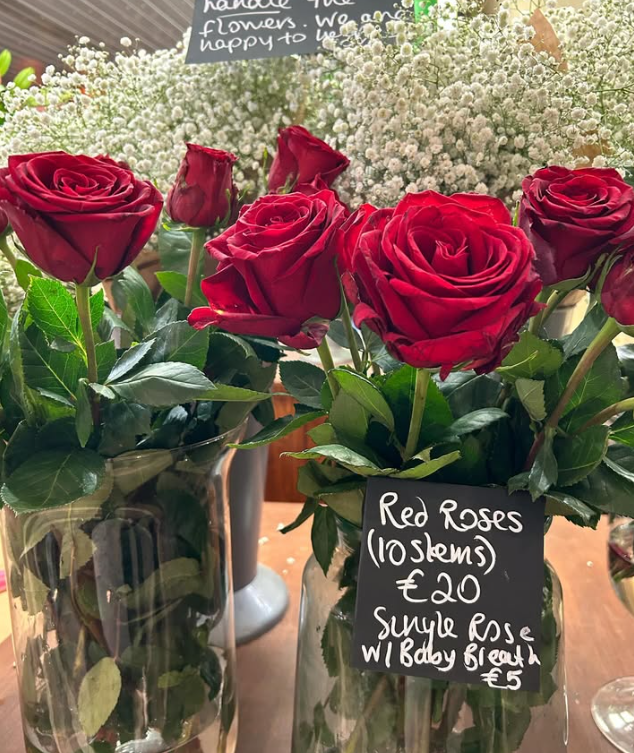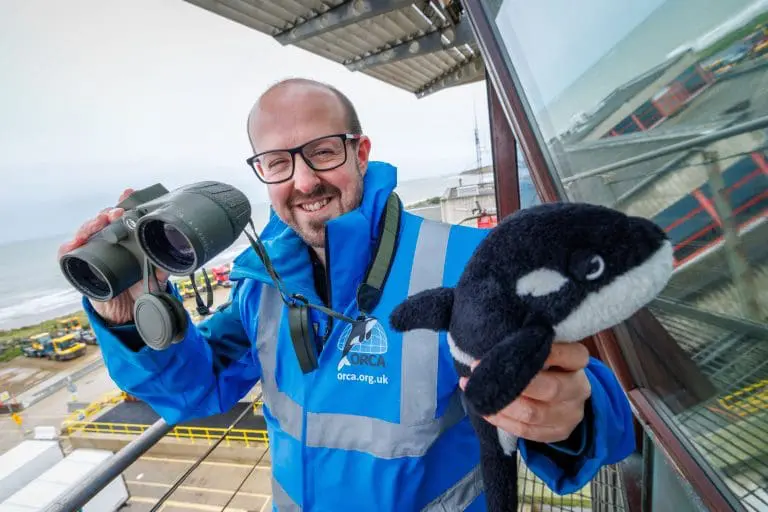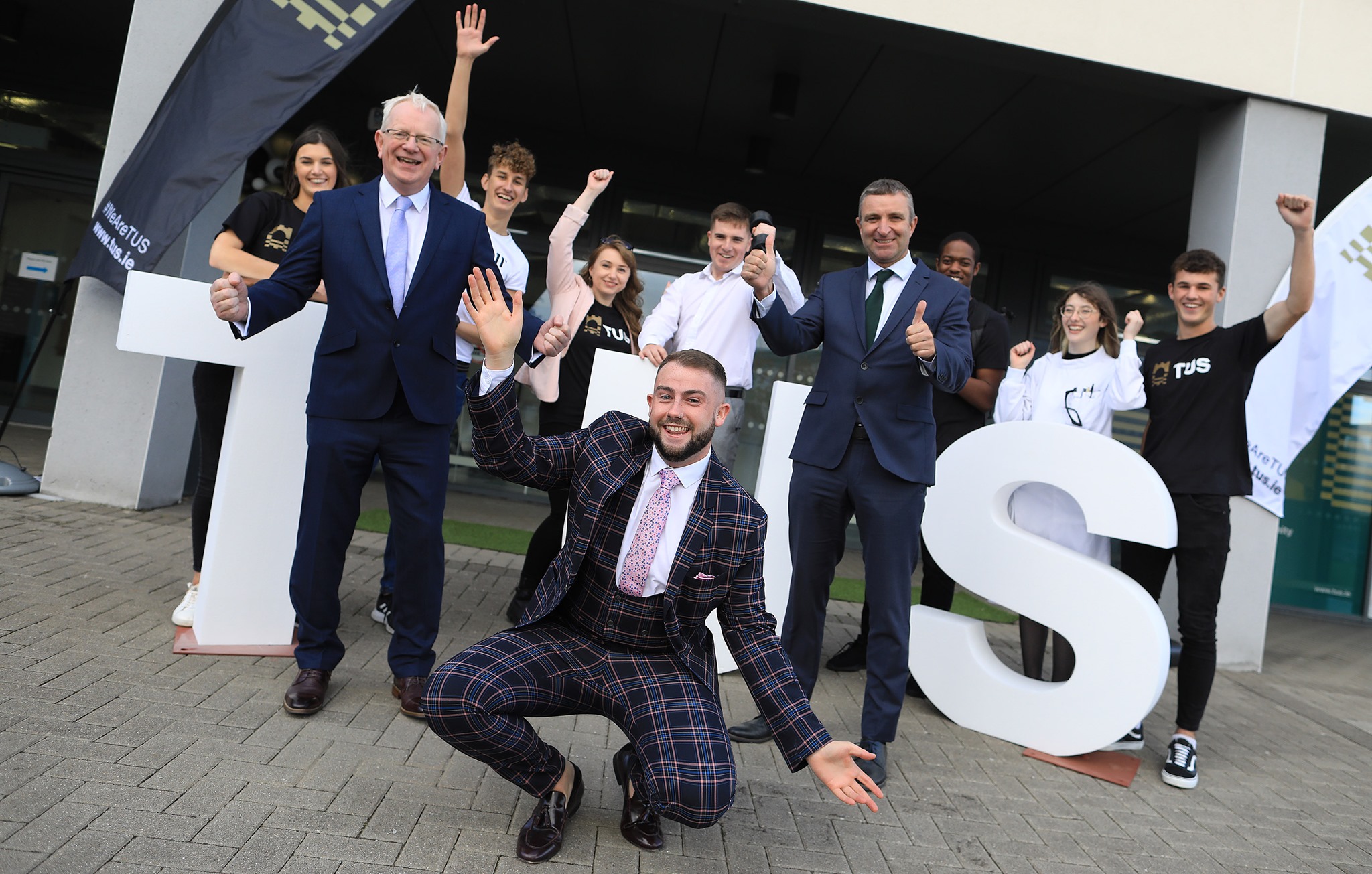- 82% of art collectors and over three-quarters (76%) of enthusiasts would like to see clearer distinctions between AI-generated art and man-made content
- Both older art collectors (69%) and younger collectors (67%) consider AI-generated art to be less important than human creativity
- 16% of seasoned collectors believe that AI-generated art could reach the same price levels as traditional human-created art.
Demand for AI-generated art is set to increase over the next 12 months according to new research published today by Hiscox.
The Hiscox Art and AI Report, which examines art collectors’ and enthusiasts’ views on AI-generated art, shows that 40% of art collectors anticipate that more people are likely to buy these works. Art enthusiasts* are more optimistic, with over two-thirds (67%) predicting AI-generated art sales are likely to pick up.
The growing demand for AI-generated art is being fuelled by new and emerging buyers, with over a quarter (28%) having purchased AI-generated art and 52% saying they are expecting to do so. This is likely to be due to the popularity of AI models that generate images from prompts, such as Stable Diffusion, Midjourney and DALL·E, as well as a growing number of websites and artists selling AI-generated art either as a physical artwork or as an NFT. In contrast, only 2% of seasoned collectors have bought AI-generated art, while 29% might consider doing so.
Robert Read, Head of Art and Private Clients at Hiscox, said: “Artificial Intelligence is all around us, and the art market is no different. Our report is a first step in understanding the reaction from experts in the market to the arrival of AI-generated art, and what this might mean for the future. Can AI-generated art really replicate the emotional journey that is a necessary part of the human creative process? Or is there a future where both human and AI-generated works co-exist in harmony? Ultimately, only time will tell, but it’s clear that for now there is interest in the potential for AI-generated art from a whole segment of current and future collectors.”
There are still hurdles to overcome if AI-generated art is to become widely accepted. Seasoned collectors remain sceptical: only 16% believe that AI-generated art could reach the same price levels as traditional human-created art, compared to 26% of new buyers and 56% of art enthusiasts. Issues of copyright and legal ownership continue to be a hotly debated topic, with 82% of art collectors and over three-quarters (76%) of enthusiasts calling for clearer distinctions between AI-generated art and man-made content.
In addition, while most collectors still view AI-generated art as inferior to man-made art, a large majority of both older art collectors (69%) and younger collectors (67%) consider AI-generated art to be less important than human creativity. However, only 44% of new collectors share this view, with 26% rating AI-generated art as equally important as traditional mediums such as paintings, sculpture, and photography.
The 2018 sale of Edmond de Belamy, from La Famille de Belamy, by Paris-based collective Obvious achieved a record-setting $432,500 at Christie’s in London and marked a pivotal moment for AI-generated art. Although the auction market has been inconsistent since, this year has seen some revived interest with auction sales of works by Refik Anadol, Sougwen Chung, Harold Cohen, Obvious, Claire Silver and Roope Rainisto.
There is also an uptick in museum space dedicated to artists working with AI. In 2024, this includes exhibitions of Harold Cohen’s work at the Whitney Museum of American Art in New York, Ian Cheng at the Foundation Beyeler in Basel, Vera Molnár at Centre Pompidou in Paris and Refik Anadol at London’s Serpentine Gallery.


